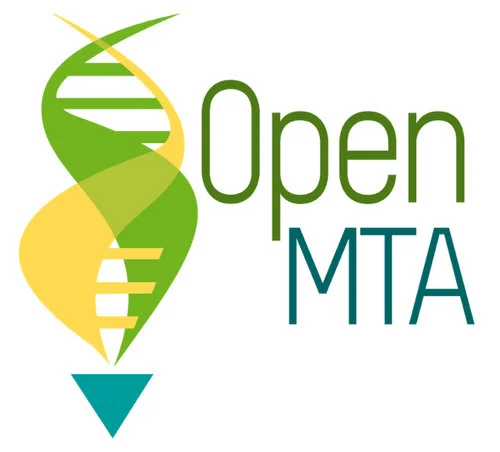The OpenMTA was launched with a commentary published in the journal Nature Biotechnology in October 2018. It provides a new way to exchange materials commonly used in biological research and engineering, complementing existing, more restrictive arrangements. The OpenMTA also promotes access for researchers and individuals working in less privileged institutions and world regions.
Download: OpenMTA Commentary. “Opening options for material transfer”. Linda Kahl, Jennifer Molloy, Nicola Patron, Colette Matthewman, Jim Haseloff, David Grewal, Richard Johnson & Drew Endy. Nature Biotechnology 36:923–927 (2018). https://doi.org/10.1038/nbt.4263
Abstract
Material-transfer agreements (MTAs) underlie the legal frameworks within which biotechnology practitioners define the terms and conditions for sharing biomaterials ranging, for example, from plasmid DNA to patient samples. If MTAs are easy to use and well adapted to the needs of individual researchers, institutions, and broader communities, then more sharing, innovation, and translation can occur. However, the MTA frameworks currently in place were developed in the 1990s—before widespread adoption of the World Wide Web, genome sequencing, and gene synthesis—and are not always well adapted for contemporary research and translation practices or aligned with social objectives.
Here, we introduce a new MTA, the Open Material Transfer Agreement (OpenMTA), that relaxes restrictions on the redistribution and commercial use of biomaterials while maintaining aspects of standard MTAs that support widespread adoption (for example, incorporation into semiautomated administration systems). In developing the OpenMTA, our motivation was to realize a simple, standardized legal tool for sharing biological materials as broadly as possible without undue restrictions, while respecting the rights of creators and promoting safe practices and responsible research. Importantly, we wanted the tool to work within the practical realities of technology transfer and to be sufficiently flexible to accommodate the needs of many groups globally (for example, providing support for international transfers and compatibility with public and philanthropic funding policies).

